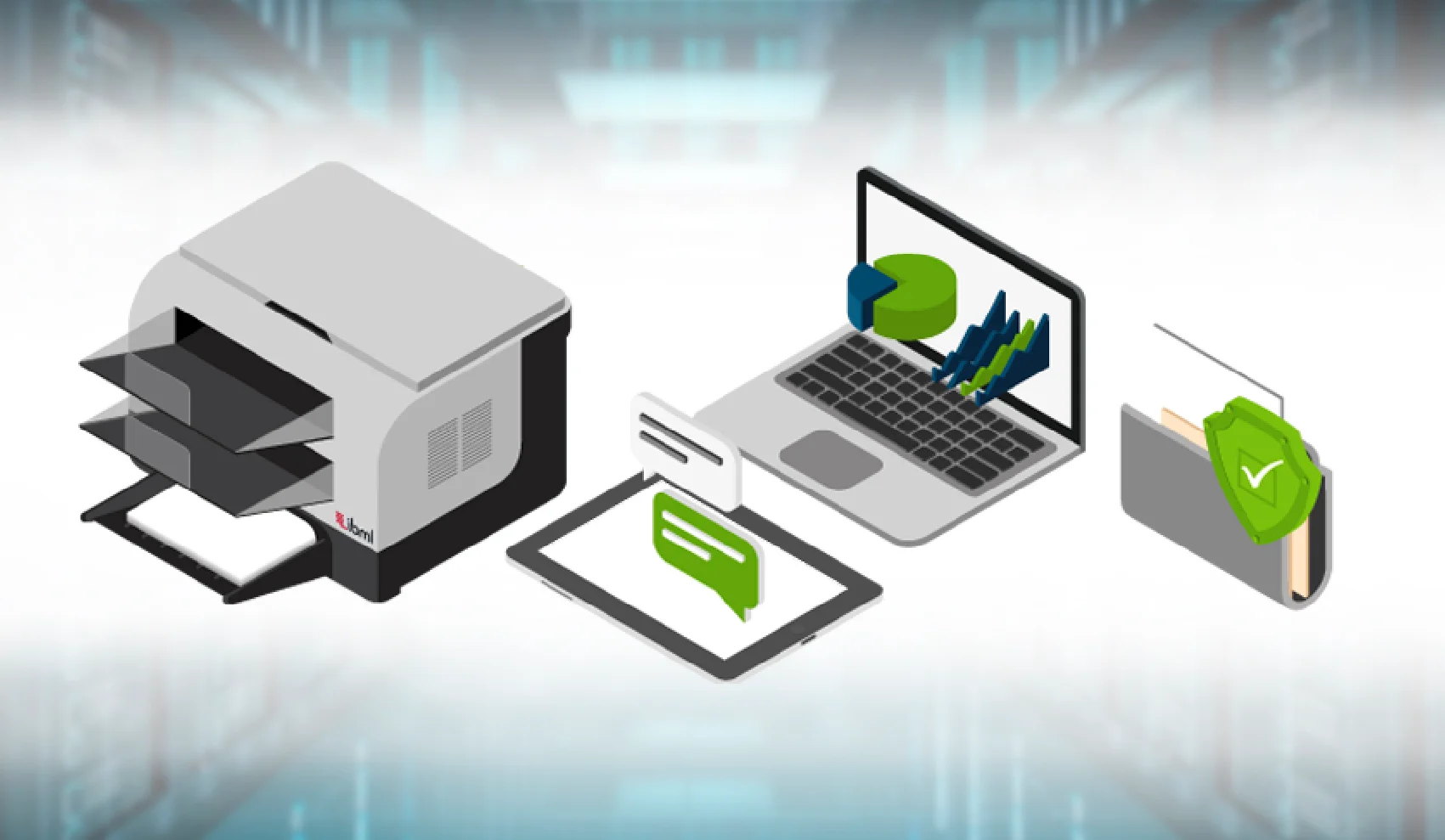With technology transforming every industry, digitization has become the new norm. Be it bills, documents, or invoices, everything has shifted from paper to digital solutions. For companies, understanding consumer behavior and purchase patterns has become crucial to be able to sell their products effectively. Digitization services allow access to all these factors while also giving companies an overview of their own process efficiencies and production power.

In today's fast-paced digital landscape, efficient document management is crucial for businesses to stay ahead. At Stockholding DMS, we understand the importance of digitization in streamlining operations, enhancing productivity, and ensuring information security. Our expert digitization services empower organizations to unlock the full potential of their documents, leveraging cutting-edge technology to drive success.
At StockHolding DMS, we offer end-to-end digitization services tailored to meet the unique needs of various industries. From scanning and indexing documents to secure digital storage, our solutions cover every aspect of digitization, ensuring your data remains safe, accessible, and well-organized. Our expertise spans industries such as banking, healthcare, education, and more, enabling businesses to streamline their operations seamlessly.
Our digitization services leverage the latest technology to ensure your documents are converted accurately and efficiently. We use high-speed scanners, Optical Character Recognition (OCR) software, and secure cloud storage solutions to provide high-quality digital files that can be easily searched, retrieved, and shared. This modern approach saves time and reduces the risk of errors and data loss.
Data security is a top priority at StockHolding DMS. We implement robust encryption, access controls, and regular backups to protect your sensitive information from unauthorized access and loss. Additionally, our digitization solutions are designed to help businesses meet regulatory compliance standards, ensuring that your digital records are always audit-ready.
Managing physical documents can be costly, with printing, storage, and maintenance expenses. Digitization reduces these costs by minimizing the need for physical storage and enabling digital archiving. With StockHolding DMS, you can access cost-effective digitization services that help you save on operational expenses and improve your bottom line.
Every business has unique data management needs; we understand that one size does not fit all. StockHolding DMS provides customized digitization solutions designed to fit your specific requirements. Whether you need to digitize a small archive of documents or implement a large-scale digital transformation, our team is here to deliver solutions that align with your business goals.
Document scanning services convert paper documents into digital files. These files can be indexed, organized, and stored in digital libraries, making information retrieval easy. This service mainly benefits industries that rely heavily on paperwork, such as healthcare, legal, and finance.
Data conversion services involve transforming data from one format to another. This can include converting physical records, such as books or old blueprints, into digital formats and outdated digital files into modern, compatible formats.
Digitization enables businesses to automate repetitive tasks like data entry, invoice processing, and customer service inquiries. Automation reduces errors, speeds up processes, and frees employees to focus on more strategic tasks.
Secure cloud storage solutions allow businesses to store and access their digital data from anywhere. Cloud-based systems offer scalability, ensuring companies can expand their storage needs as they grow.
One of the most significant advantages of digitization is enhanced operational efficiency. Digital files are more accessible to store, search, and retrieve than physical documents. Automated workflows can replace manual processes, reducing employees' time on repetitive tasks. For instance, instead of manually processing invoices, digital solutions can automate the entire process, from receipt to approval, cutting down on errors and processing time.
One of the most significant advantages of digitization is enhanced operational efficiency. Digital files are more accessible to store, search, and retrieve than physical documents. Automated workflows can replace manual processes, reducing employees' time on repetitive tasks. For instance, instead of manually processing invoices, digital solutions can automate the entire process, from receipt to approval, cutting down on errors and processing time.
Storing and managing physical documents can be expensive, with printing, storage space, and transportation costs. Digitization reduces these expenses by minimizing the need for physical storage and enabling secure cloud-based storage solutions. Additionally, automated processes lead to cost savings by reducing labor costs and eliminating the need for physical resources.
Protecting sensitive information is crucial for any business. Digitization offers secure storage solutions with encryption, access controls, and regular backups, ensuring that data is protected against unauthorized access, loss, or damage. Furthermore, digital records make it easier for organizations to comply with industry regulations, as they can quickly retrieve and audit information when needed.
With digital files, businesses can organize, index, and categorize information more effectively. Employees can instantly access the needed data, regardless of location, fostering collaboration and remote work. This level of accessibility ensures that teams can operate seamlessly, even in geographically dispersed environments. Additionally, digitized data can be integrated with other digital tools and systems, providing deeper insights and more accurate data analysis.
Reducing the use of paper is an essential step towards sustainability. Digitization helps organizations minimize their environmental footprint by eliminating the need for paper, ink, and physical storage. Companies can adopt greener practices, which not only contribute to sustainability goals but also improve brand reputation.
Digitalization helps improve business efficiency, consistency, and quality. It can Integrate conventional records or files into a digitalized form, eliminating redundancies and shortening the communications chain. It can also improve and facilitate a better informational exchange.
Digitalization of business helps to improve the efficiency of its process, consistency, and quality. It can: Integrate conventional records or files into a digitalized form, eliminating redundancies and shortening of communications chain. Improve and facilitate a better informational exchange.